While on commission in Copenhagen, Marco Kesseler, Peter Holliday and Laura Stevens each kept a journal recording their experiences and observations.
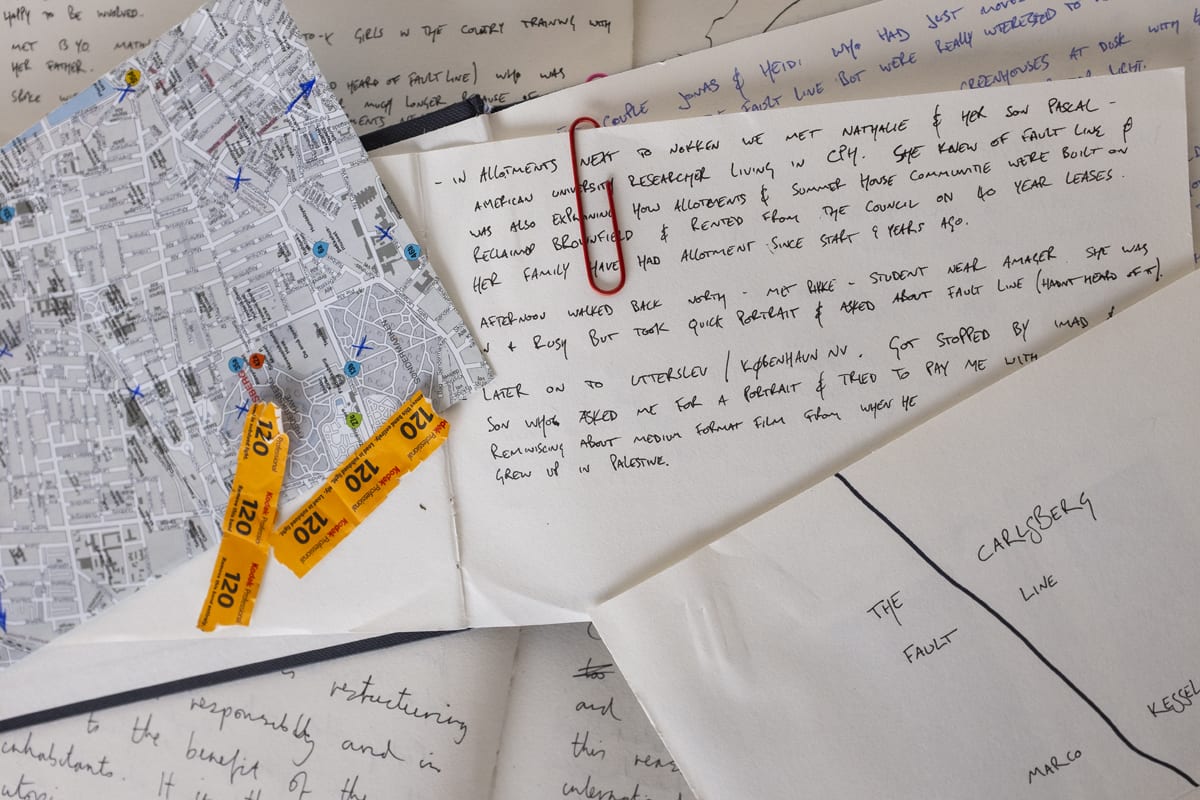

While on commission in Copenhagen, Marco Kesseler, Peter Holliday and Laura Stevens each kept a journal recording their experiences and observations.
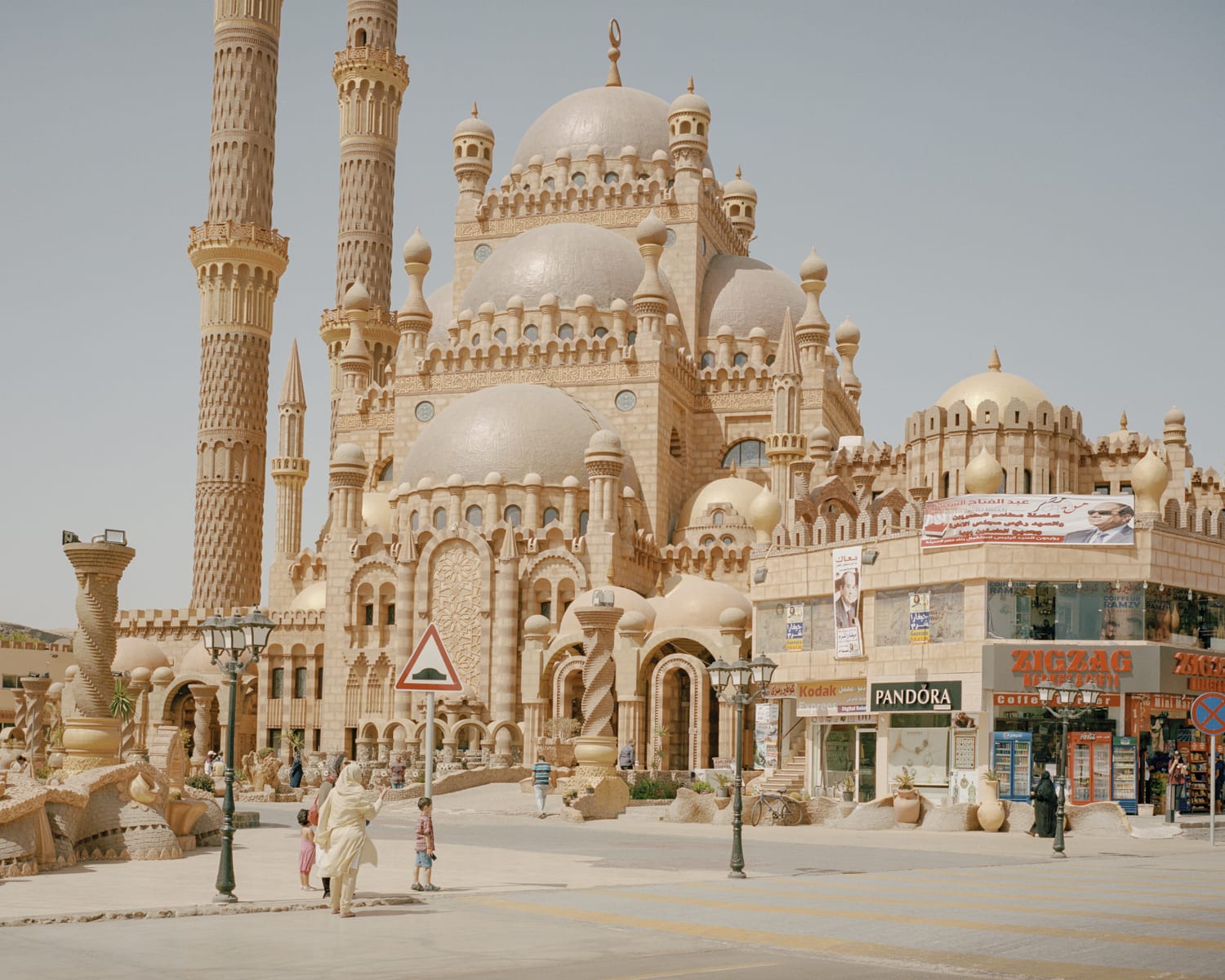
The Melbourne-based photographer traversed Egypt investigating the demise of its tourist industry in the aftermath of the Arab Spring
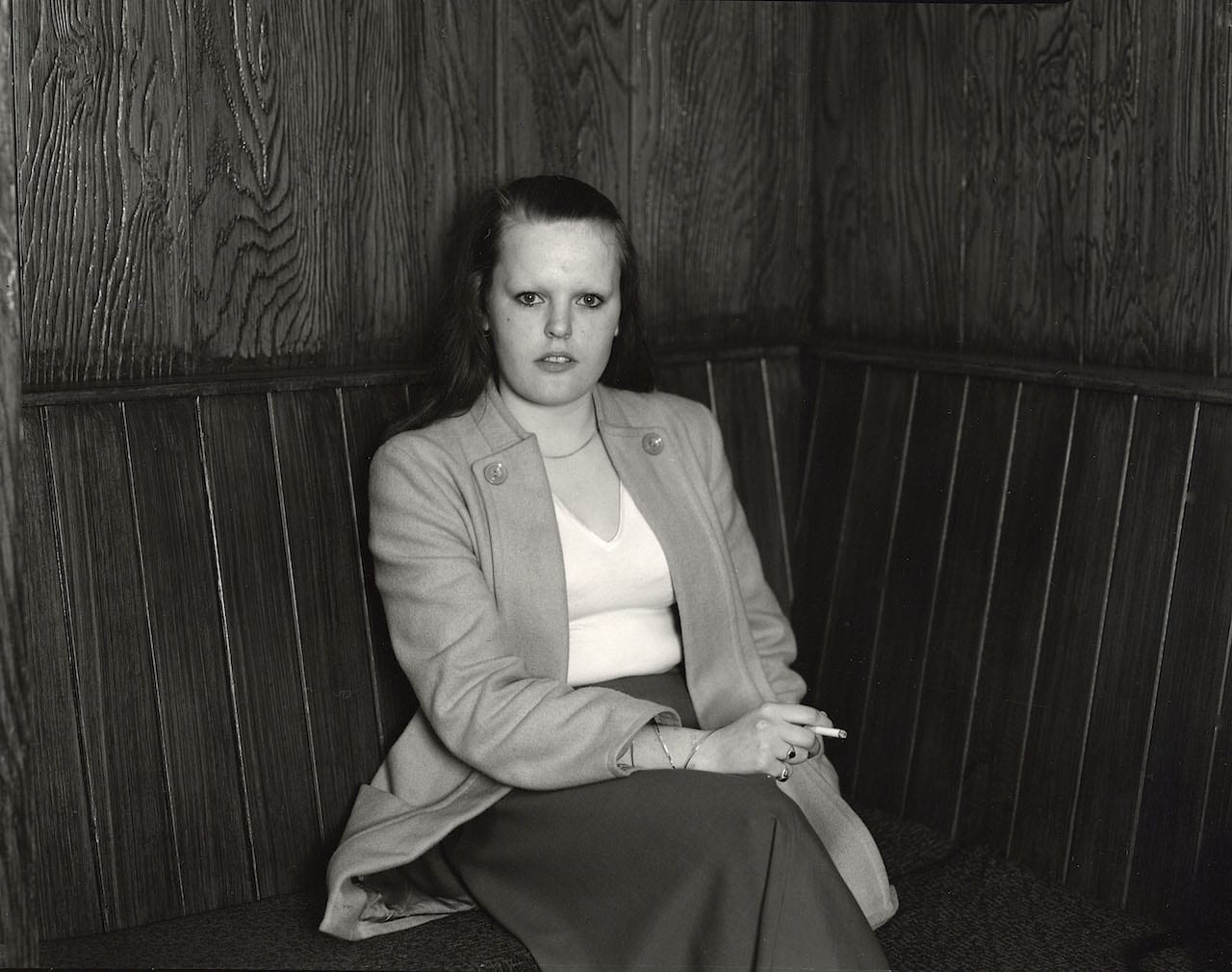
“I think women photographers are very good at building relationships with their subjects” says Sirkka-Liisa Konttinen, co-founder of Amber, a film and photography collective based in Newcastle that aims to capture working-class life in North East England. “They are more interested in the personal stories, and through these they get a much more intimate look into their subject’s lives.”
Women by Women is a major presentation of the work of five female photographers working in the North East from the 1970s – 2000s. Curated by Konttinen, the photographs are drawn from projects originally commissioned by Amber, and the exhibition forms part of Idea of North season at the BALTIC Centre for Contemporary Art in Newcastle.
“The North is often associated with the male more than the female, in terms of what has been documented,” says Konttinen. “I thought it [the show] would make a strong statement about our collection being more balanced than is perceived by the outside world. It’s the idea of bringing women into the picture of the whole concept of the North.”
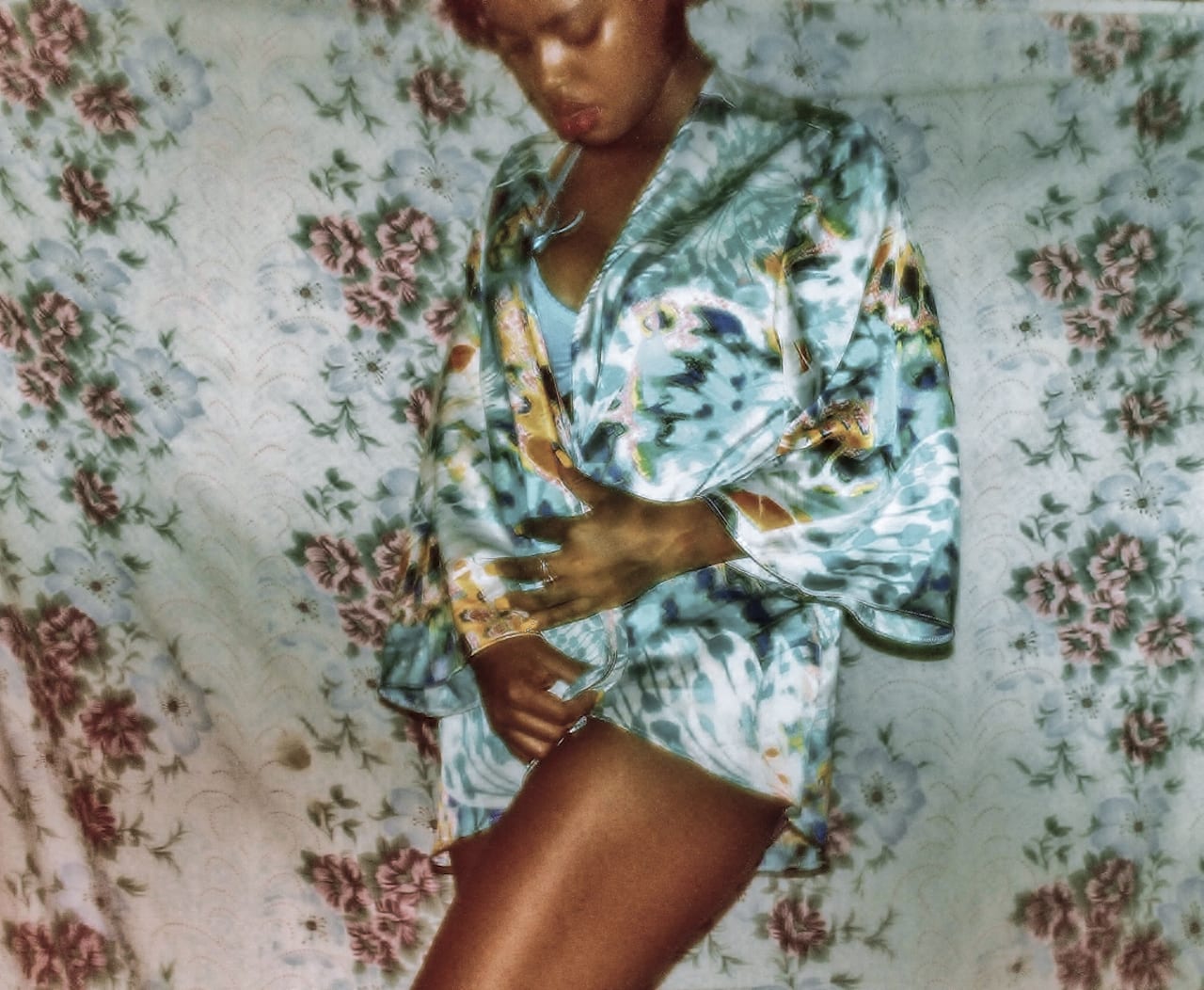
Yassine Alaoui Ismaili (Morocco), Paul Botes (South Africa), Anna Boyiazis (USA), Tommaso Fiscaletti & Nic Grobler (South Africa), and Phumzile Khanyile (South Africa) are the five winners of the seventh CAP Prize. Open to photographers of any age or background, the CAP Prize is awarded to work that engages with the African continent or its diaspora.
Born in 1984 in Khouribga, Morocco, Yassine Alaoui Ismaili – aka Yoriyas – lives in Casablanca and has been awarded his prize for the series Casablanca Not the Movie (2014–2018). “It is both a love letter to the city I call home and an effort to nuance the visual record for those whose exposure to Morocco’s famous city is limited to guide book snapshots, film depictions or Orientalist fantasies,” he says.
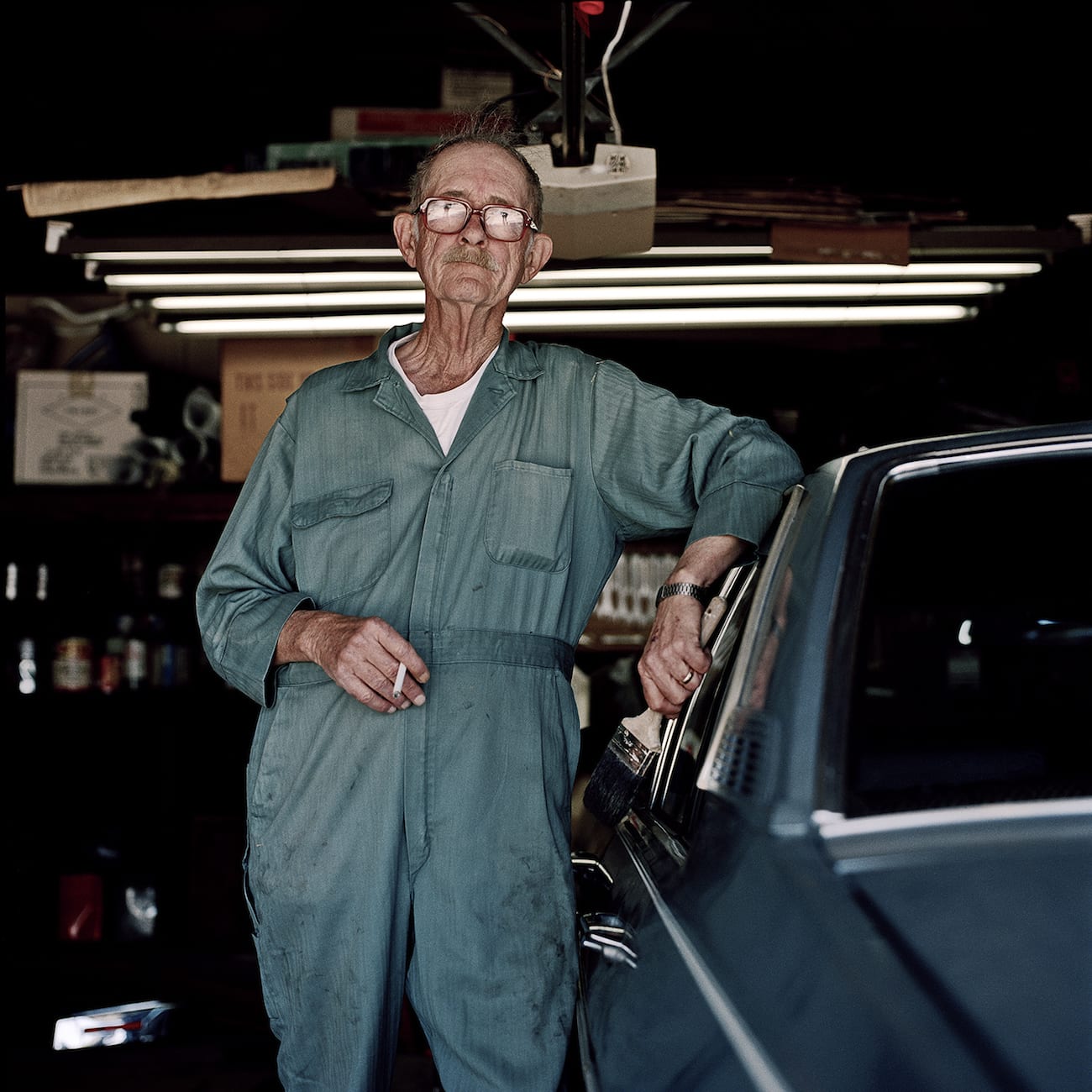
In the late-40s and 50s many veterans and their families were looking for a fresh start. Lakewood, a recent development in the southern corner of Los Angeles County, offered them that new beginning
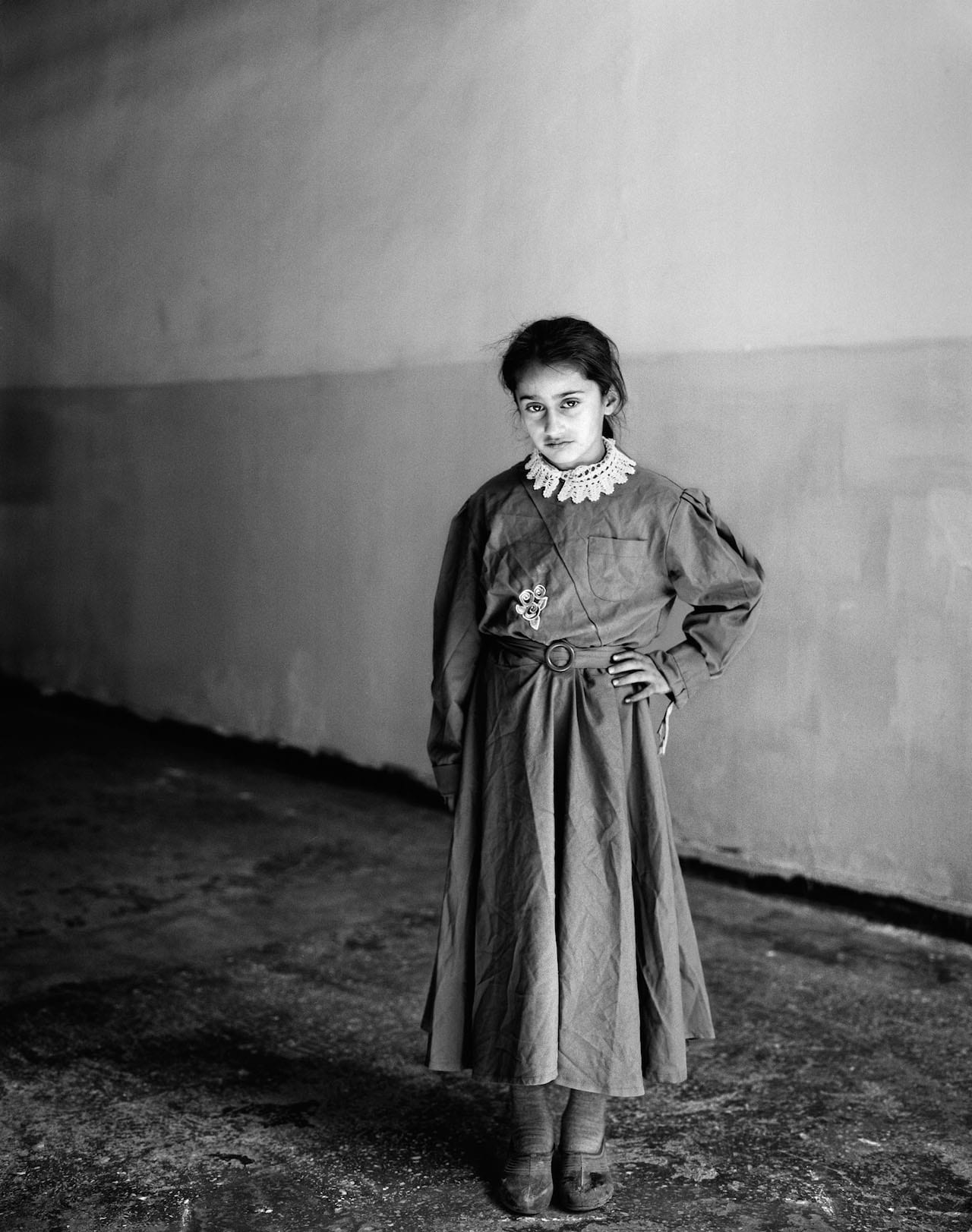
“It asks, inevitably, questions about who we are. Who we are in Britain, or who we are in the world. It asks questions about legacy, my own life, and cycles; the very folding of time,” says Vanessa Winship of her latest project, the ongoing series And Time Folds. “It’s difficult to say exactly what it is about because I don’t really know what it will end up being,” she adds.
Winship was the first woman to win the prestigious Henri Cartier-Bresson Award back in 2011, and she now has a major solo show opening at London’s Barbican Art Gallery on 22 June, also titled And Time Folds. It features over 150 photographs including previously unseen projects and archival material; it also includes her newest series, a mixture of “completely different, random formats” and found objects, inspired by her granddaughter and “how she frames herself in the world in relation to seeing, hearing and touching”.
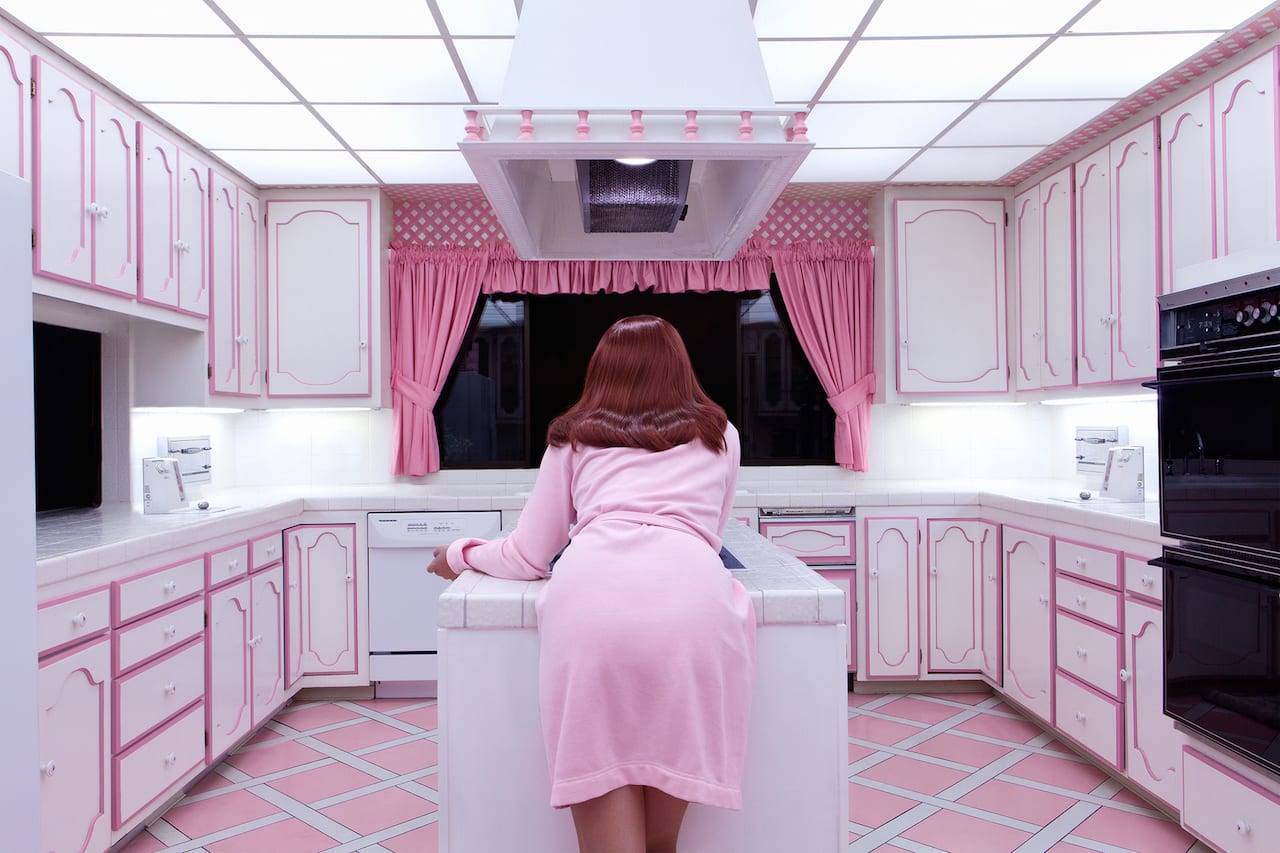
Under the back garden of an unremarkable family home in Las Vegas is an extraordinary 16,000sq ft, all-pink, bomb-proof bunker. Inside are decadent bedrooms decorated with crystal chandeliers and baby pink wallpaper, and a bathrooms with a hot-pink toilet, white marble hot tub, and opulent golden fittings. Surrounding the house is a hand-painted mural of the countryside, and an underground garden with a swimming pool and fake trees growing out of a carpet that stands in for grass.
“It’s basically a house within a house,” explains Juno Calypso, who spent three days of solitude in the bunker, for her project What To Do With A Million Years. Designed to be safe from any disaster or intruder, the bunker was built in 1964 by Avon cosmetics founder Gerry Henderson and his wife, who were terrified of a potential nuclear breakout in the advent of the cold war.
Calypso is currently showing the series at London’s TJ Boulting gallery, and has transformed the basement space into a version of the garden, complete with fake plants, eerie mood lighting, and a soundtrack of soft romantic rock that plays against the continuous sound of running water from a stone fountain in the corner.
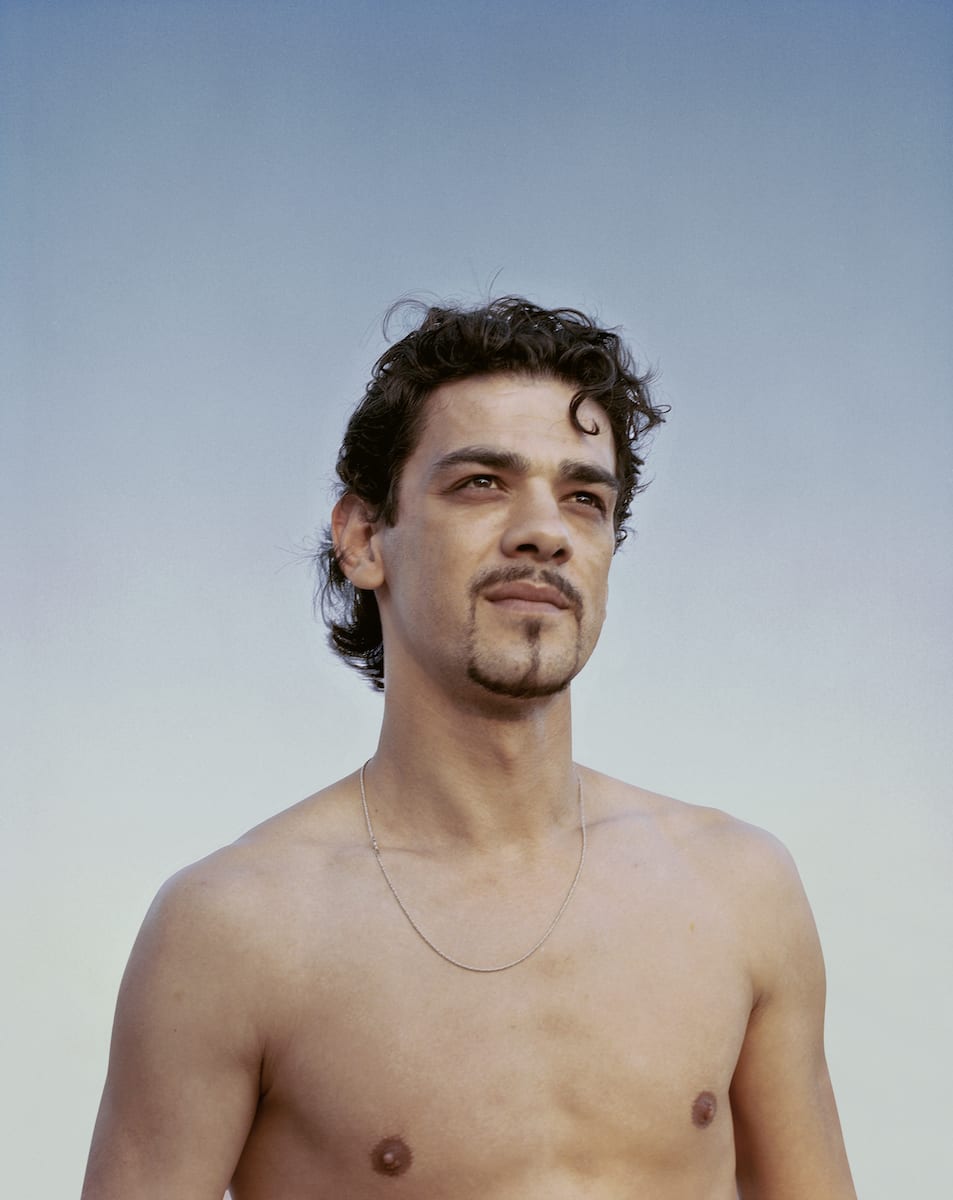
Catherine Hyland creates an eclectic series of portraits along the banks of Linz’s central waterway for an exclusive British Journal of Photography commission
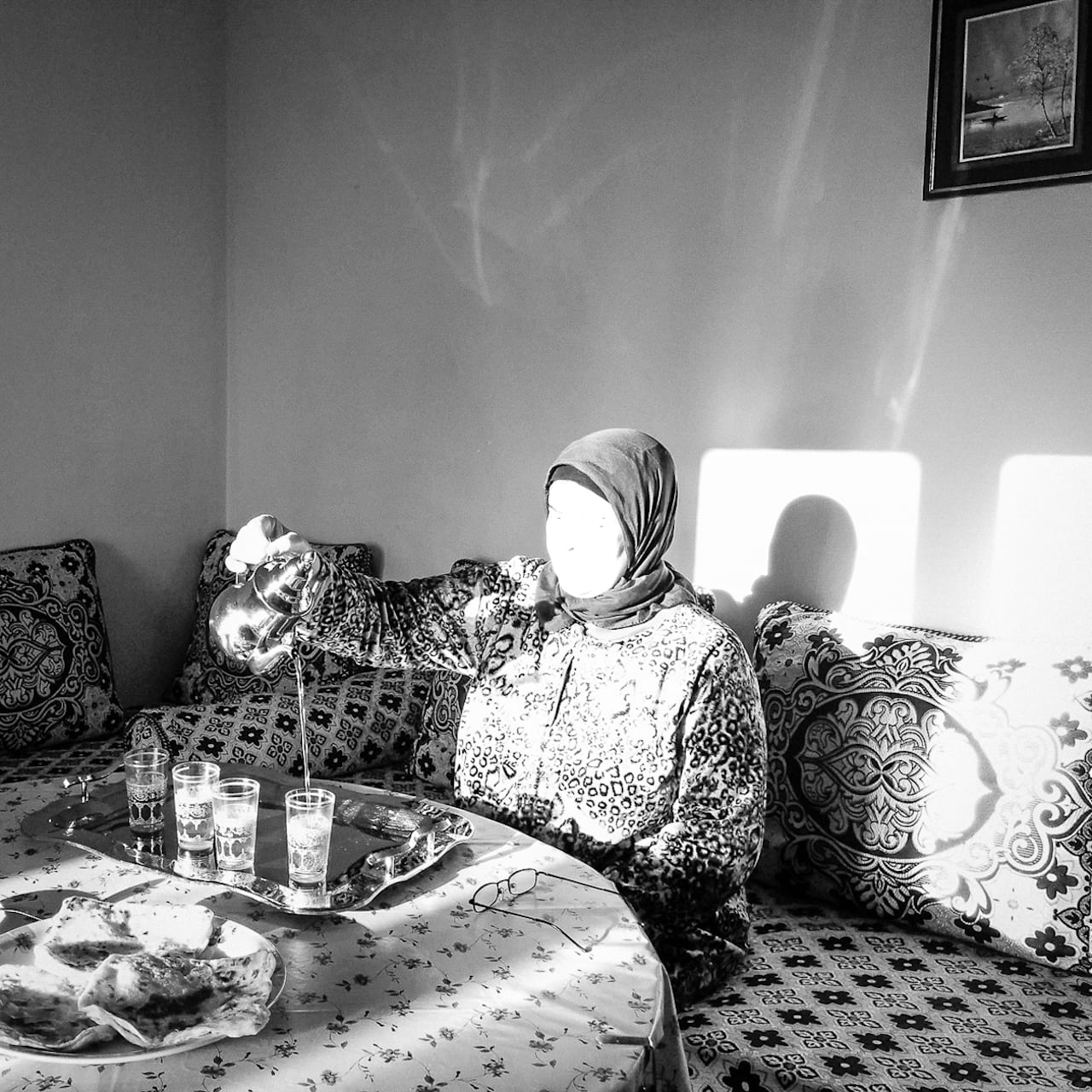
Hayati, meaning “my life” in Arabic, reflects on photographer Karim El Maktafi’s dual identity as a second-generation Italian born to Moroccan parents. The images were taken in both Italy and Morocco, and are all shot on an iPhone SE [Special Edition] – for a couple of reasons.
El Maktafi got into image-making via smartphones as a teen, after using them to take photographs of his friends. After graduating from the Italian Institute of Photography in 2013, he decided to return to the device with a more trained eye, when he decided to shoot Hayati.
He also uses a smartphone camera is because it’s less intrusive. El Maktafi’s family were against him photographing them, and in general don’t approve of photography as a career, which is why their faces are either cropped out or disguised by rays of light in the project. Using a smaller camera proved gentler way to record them, and the many other people involved.
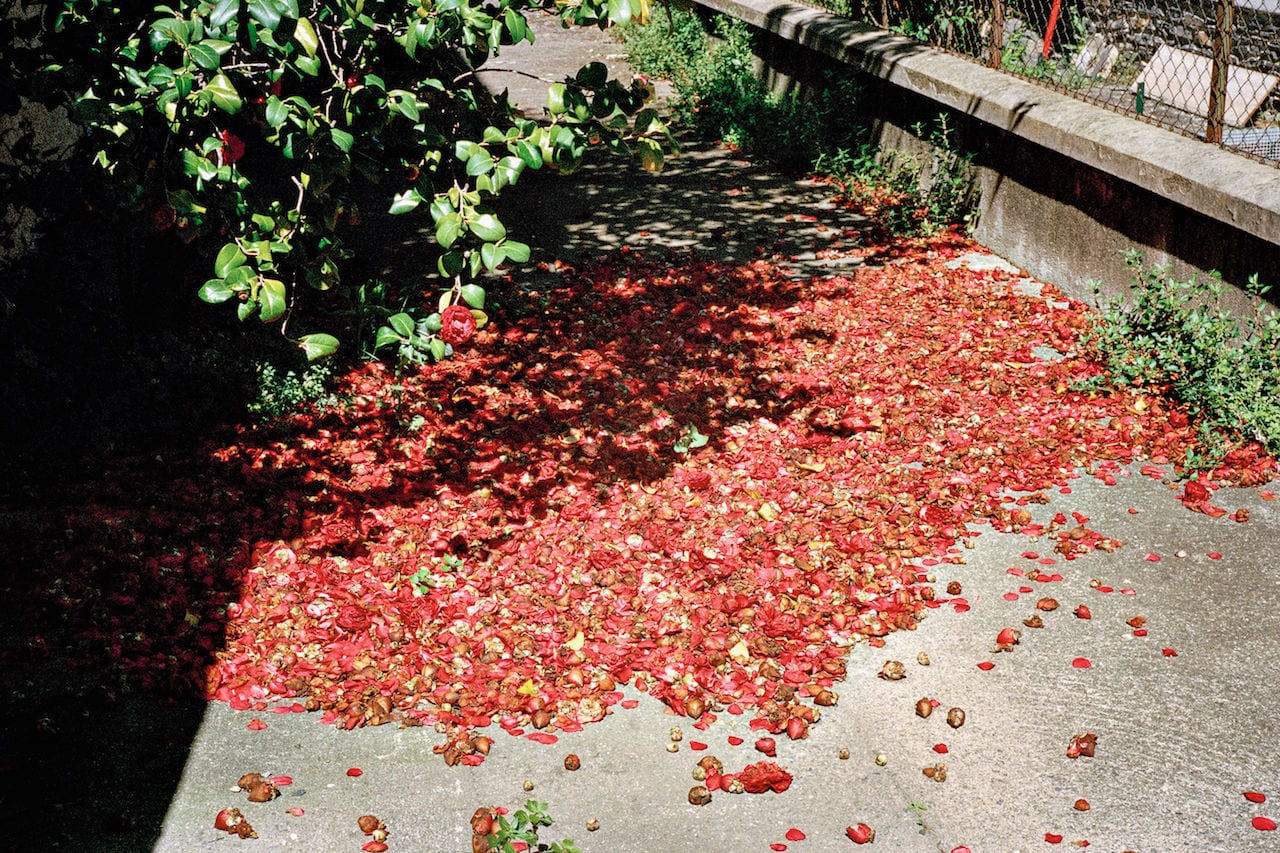
In classical music, ‘impromptu’ refers to a short improvised piece, performed spontaneously with little or no preparation. Géraldine Lay’s new book, Impromptus, is a visual take on the term, aiming “not to tell a story about the place or the country, but to be out of time”.
Lay first encountered photography during her course in History of Art at the University of Lyon; studying the history of the medium, she was bitten by the photography bug, and went on to study at the National Photography School. She graduated in 1997, and is now based in Arles.
“Initially, my practice was part of my daily life, I had no preconceived ideas or strict subject,” says Lay. “I got into the habit of always having a camera with me, to take advantage of all the little moments of life.”